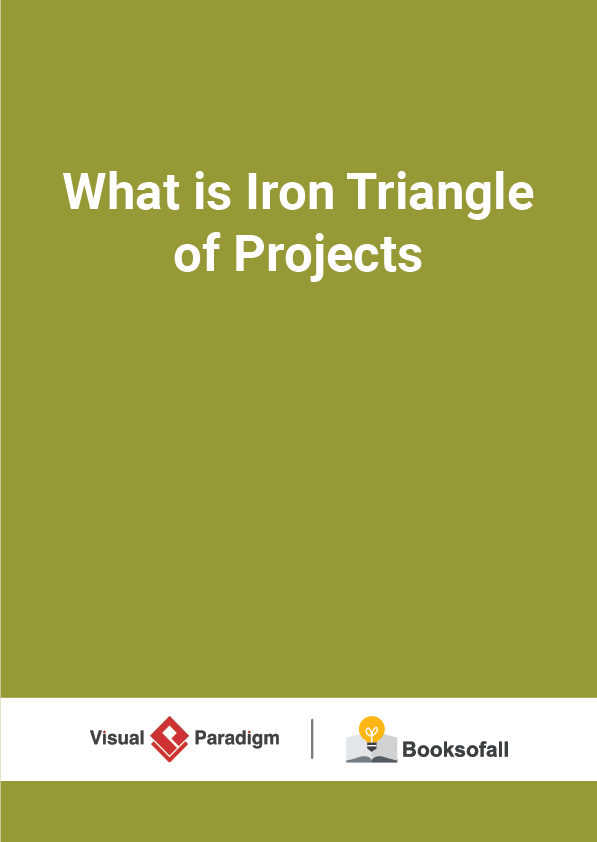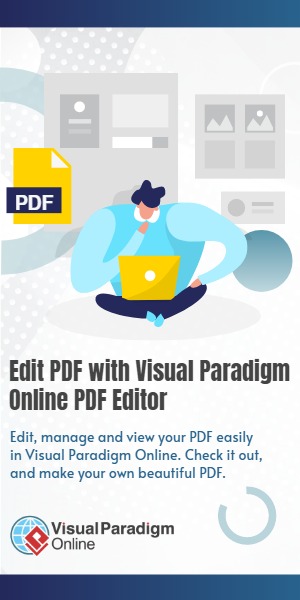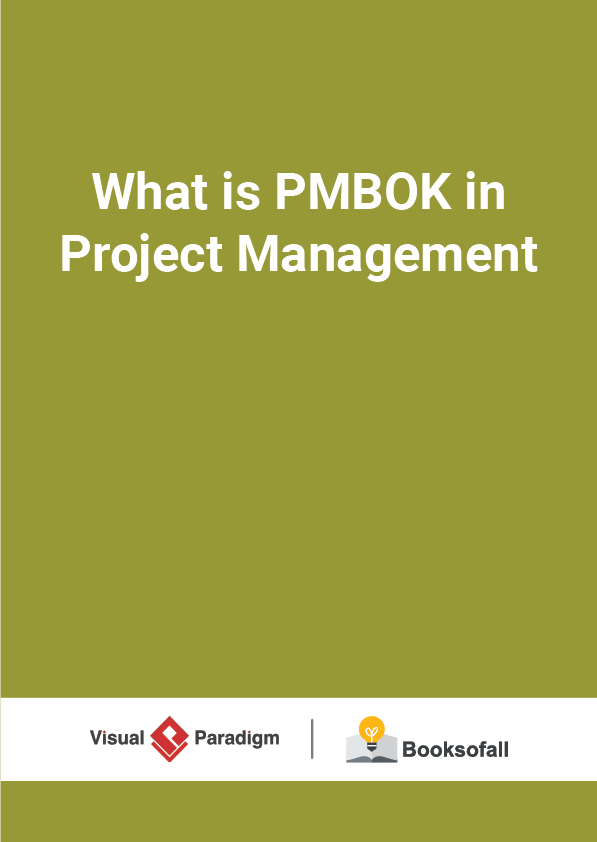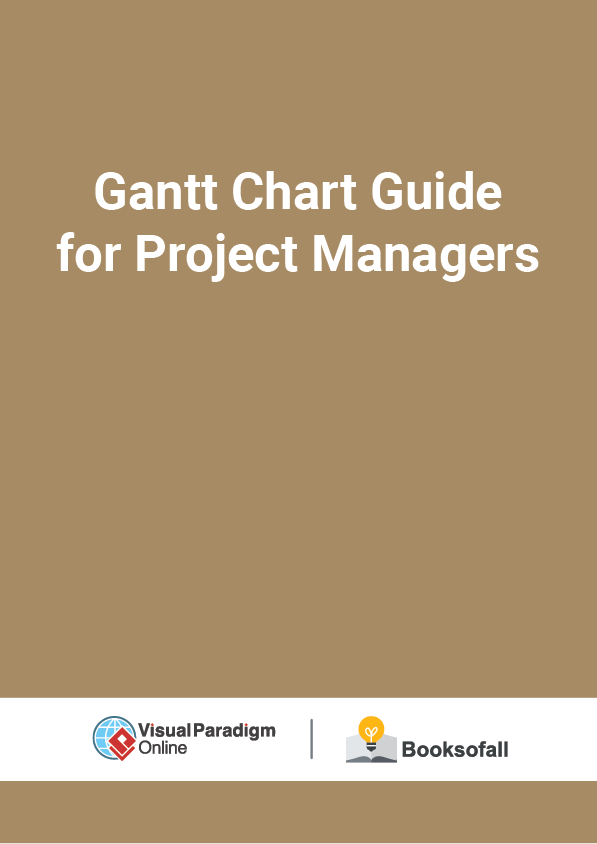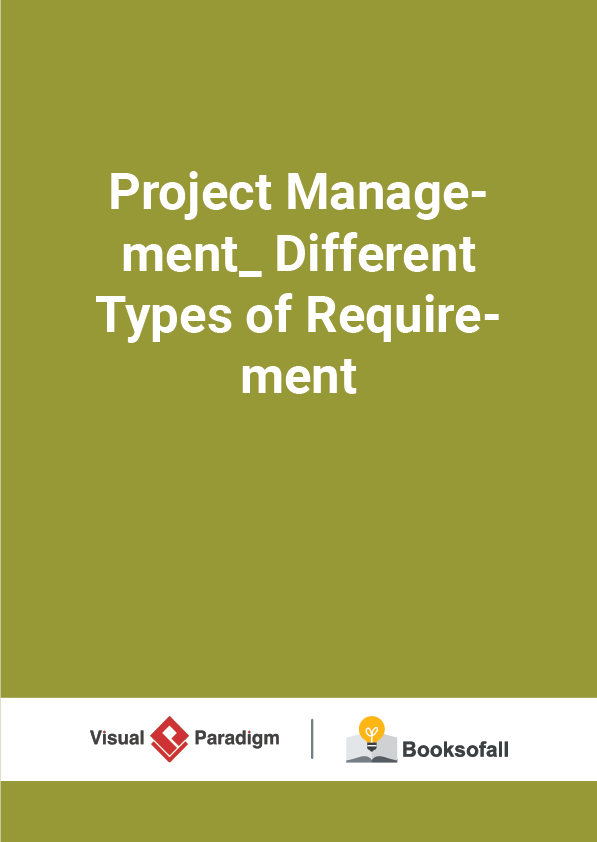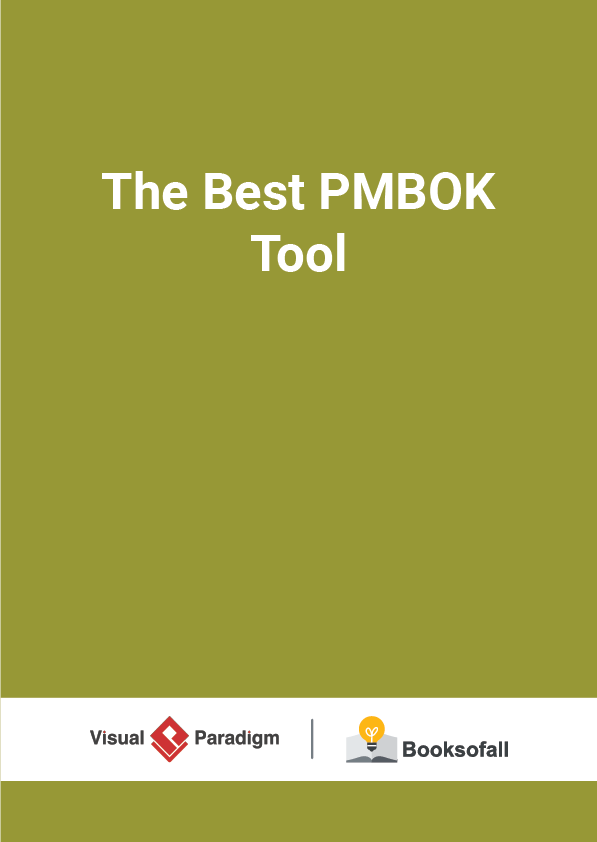What is Iron Triangle of Projects?
5-7 minutes
The Project Management Triangle (also known as Triple Constraint, Iron Triangle and “Project Triangle”) is a model of the constraints of project management. Success in project management has been traditionally associated with the ability of the constraint parameters of projects in scope, time, cost, and quality called iron triangle. It is a popular metaphor pointing out that the project manager is asked to reach a reasonable trade-off among these constraints.
Project managers often require a balancing act between key factors that constrain the overall project delivery. As such, the quality of work is constrained by the project’s budget(funding and resources), deadlines (time) and scope (features). These three factors are the well-known attributes of scope, schedule, and cost as shown in the Figure below:
- Scope refers to the total amount of work involved in delivering the project
- Cost refers to the sum of all resources required to deliver that work
- Schedule reflects the time estimated or allotted to the project’s delivery.
Even if the project manager is allowed to have some flexibility to trade between constraints and obviously, changes in one constraint necessitate changes in others to compensate or quality will suffer. For example, a project can be completed faster by increasing the budget or cutting scope. Similarly, the increasing scope may require equivalent increases in budget and schedule. Cutting budget without adjusting schedule or scope will lead to lower quality.
Examples of Cost / Time / Scope
- “How much is this going to cost?” – “As much as you’re willing to spend.”
- “How long is this going to take?” – “As long as necessary.”
- “What am I going to get?” – “Whatever you tell us you want.”
Strategies for Dealing with Project Constraints
FIXED COST
Where a customer asks for a fixed price quote before agreeing to project commencement but is flexible on what is delivered and how long it takes.
Work in absolute customer priority order – reducing the time spent on technical helper tasks will help meet short-term budget constraints (at the cost of long term, post-project, efficiency)
Release in short (1-2 week) sprints – similar to longer waterfall projects, longer sprints tend to cost overruns to deliver on time
Monitor velocity and burn rate – this is your key indicator of the cost
FIXED TIME
Where a customer asks for delivery by a certain date but is flexible in scope and cost. Work in absolute business value order – increases the number of user stories completed in a given sprint (high business value = simple, moderate-high priority) Enforce sprint duration – Your project will be defined by a fixed number of sprints, and extending a sprint will push out your final date FIXED SCOPE Where a customer asks for a fixed set of deliverables but is flexible in the time it takes to deliver and the cost of delivery. This is sometimes known as “heavy agile”.
Focus on backlog definition and estimation during Sprint 0 to ensure accurate scope definition
FIXED COST AND SCOPE
Where the customer asks for a fixed price quote for a fixed set of deliverables. In this situation, the final date for delivery is flexible. As well as the points in fixed cost and fixed scope;
- Increase the estimated risk during Sprint 0 – to ensure your quote for the project allows for unexpected delays (which would impact on your cost to deliver)
- Update delivery date as required
